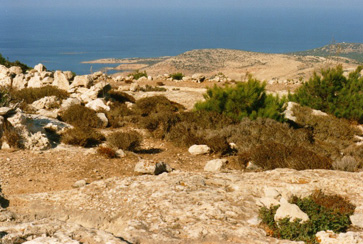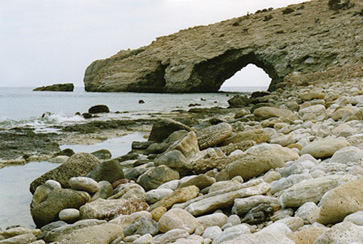
|

| Home | Milieu & Energie | Gezondheid & Wetenschap | Duurzaam Bouwen |
| Geologie & Reizen | Landbouw & Voeding | Natuurbescherming | Eilanden |

|

|
 Next page
Next page
© Annemieke van Roekel, 2007.
Laatste wijziging: 14 juni 2013
Laatste wijziging: 14 juni 2013